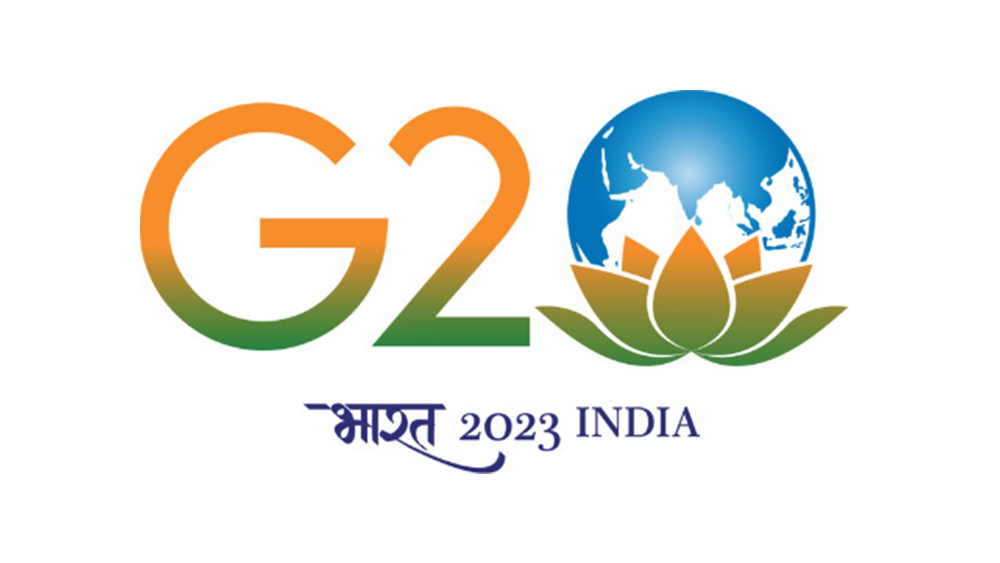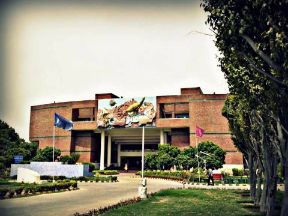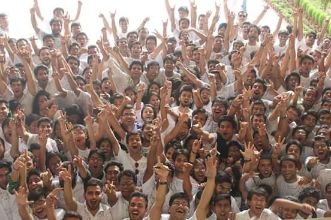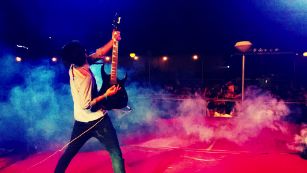Mission:
To create awareness and provide guidance to academic and non-academic staff, students, scholars on the practices and the rules of university regarding intellectual property rights and obligations within the frame work of the IPR policy of the university.
Objectives:
To promote academic freedom and safeguard the interests of inventor in creation and commercialization of intellectual property with legal support wherever necessary. To create an environment for acquiring new knowledge through innovation, develop an attitude of prudent IP management practices and promote an IPR culture compatible with the educational mission of the university.
Working Committee:
| Name | Relation |
|---|---|
| Dr. Vinod Kumar, Physics Department |
Coordinator IPR Cell |
| Dr. Patteti Krishna, ECE Department, East Campus |
Dy. Coordinator |
| Dr. Anuradha Tomar , ICE Department | Dy. Coordinator |
IPR - Terminologies
← PATENTS →
A patent is a set of exclusive rights granted by a government to an inventor or their assignee for a limited period of time in exchange for a public disclosure of the invention. Patents are rights related to new inventions. This right is conferred on persons who invent any new machine, process, article of manufacture or composition of matter, biological discoveries, etc. In general, the invention must be novel and nonobvious. The person who receives a patent for his invention has an exclusive right to legally stop others from making, using, selling, or distributing the patented invention without permission. Generally, the time limit of a patent is 20 years from the date of filing the application.
← TRADEMARK →
A trademark is typically a name, word, phrase, logo, symbol, design, image, or a combination of these elements. However, registration is not required. The owner of a common law trademark may also file suit, but an unregistered mark may be protectable only within the geographical area within which it has been used or in geographical areas into which it may be reasonably expected to expand. For example, you can identify the products of Nike Inc., through their logo, which is embossed on their products. Once registered, trademarks are protected legally and the owners can sue persons who use their trademarks.
← COPYRIGHTS →
Copyright is a set of exclusive rights granted to the author or creator of an original work, including the right to copy, distribute and adapt the work. In most jurisdictions copyright arises upon fixation and does not need to be registered. Copyright owners have the exclusive statutory right to exercise control over copying and other exploitation of the works for a specific period of time, after which the work is said to enter the public domain. Uses covered under limitations and exceptions to copyright, such as fair use, do not require permission from the copyright owner. All other uses require permission.
Copyright owners can license or permanently transfer or assign their exclusive rights to others. As time lapses, the work can be republished or reproduced by others. Usually, the time span of a copyright extends through the entire life of the owner and lasts up to a period of about 50 to100 years after death. In case of anonymous works, the right lasts for 95 years after publication or 120 years after the creation.
← Industrial Design Rights →
An industrial design right is an intellectual property right that protects the visual design of objects that are not purely utilitarian.
An industrial design consists of the creation of a shape, configuration or composition of pattern or colour, or combination of pattern and colour in three-dimensional form containing aesthetic value.
An industrial design can be a two- or three-dimensional pattern used to produce a product, industrial commodity or handicraft.
Prior art search
For an invention to be patented, the criteria of novelty and non-obviousness have to be met. A prior art search is undertaken to ascertain whether an invention is new and non-obvious, or not.
What are the benefits of a prior art search?
To begin with, a prior art search will uncover any knowledge existing prior to the invention at hand. This knowledge might include, but may not be limited to, patent applications, scientific theses and industrial know-how. Once this knowledge is obtained, an inventor will get an accurate idea of just how novel and non-obvious the invention is. Later, the inventor can, accordingly, re-work his invention and patent application to enable the grant of a patent for the invention. Thus, a prior art search will help distinguish between what is already known (prior art) and what is new (invention).
The secondary benefit of a prior art search is that an inventor can also use the findings to understand the prevailing state of art in his field of research. This will provide guidance on the give an idea as to how the future scope of research could be.
How is a prior art search done?
- Short-listing of keywords
- Exhaustive search of databases
- Extensive Internet-based search
- Analysis and interpretation of search results
More here:
USPTO Prior Art Search: https://www.uspto.gov/patents/initiatives/prior-art-search
EPO Prior Art Search: https://www.epo.org/learning-events/materials/inventors-handbook/novelty/searching.html
Google Prior Art Finder: https://www.google.com/patents/related
IPR POLICY OF NSUT
Objectives of IPR Policy:
Through this official Intellectual Property (IP) Policy and Guidelines, the Netaji Subhas University of Technology (the “University”), intends to put in place a system that brings order to the process of protection of inventions, innovations, creativity and their utilization through processes of technology transfer and entrepreneurship. Within the above broad objectives, the specific objectives of this IP Policy are as follows:
1.1. Undertake the mining, identification, and location of IP in the various research, consultancy, educational, and all other academic activities of the University;
1.2. Encourage, create awareness, and facilitate the process(es) of securing and protecting the IP rights of all University personnel;
1.3. Initiating and pursuing all actions and deeds to maintain, prosecute, and keep in trend the secured IP rights of the University; and
1.4. Pursuing all the necessary procedures and actions to facilitate, catalyse, and bring to bear the Transfer of Technologies (ToT), including the commercialization, licensing, and other means of disseminating the technologies developed by the University.
For IPR Guidelines: IPR Guidelines PDF




